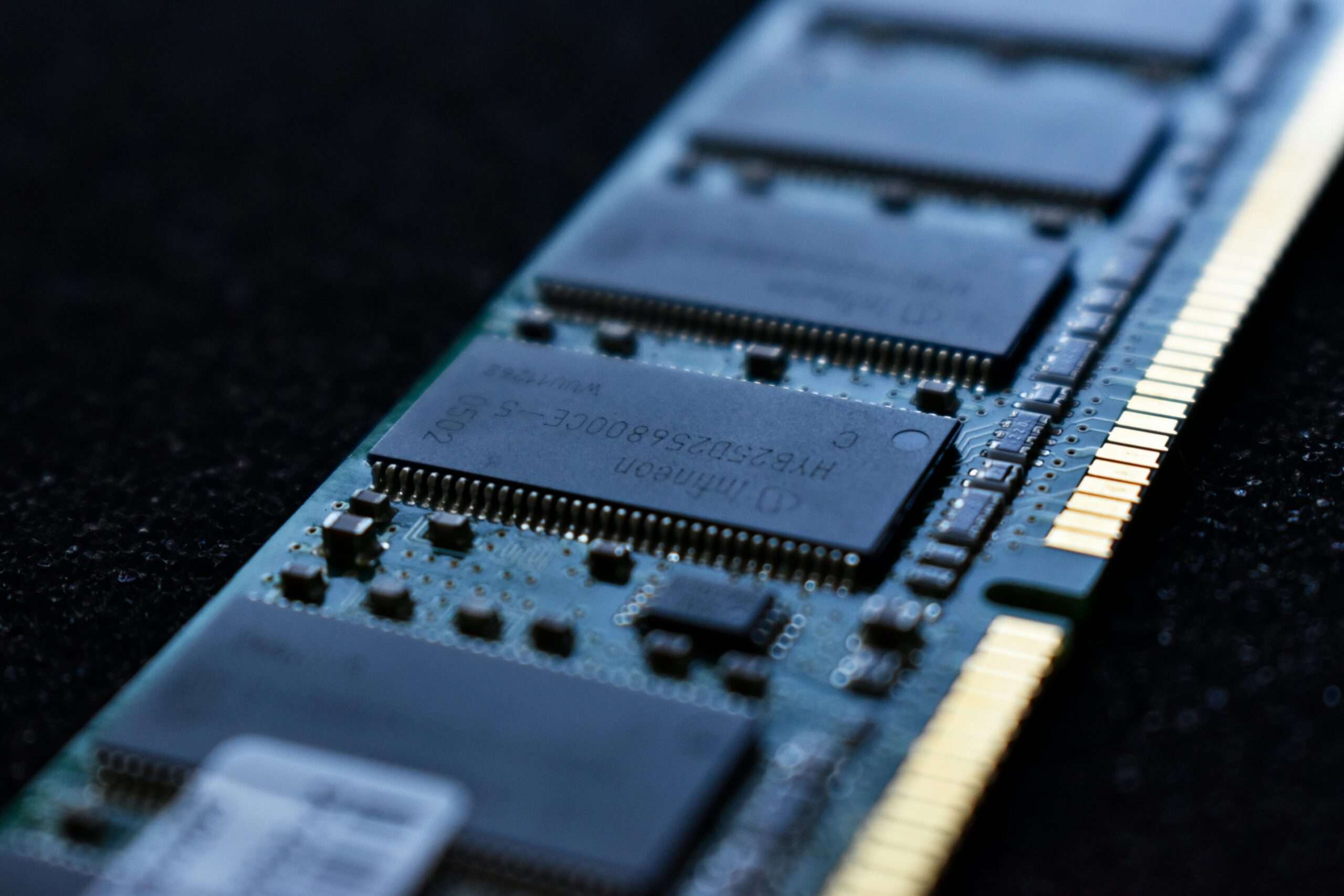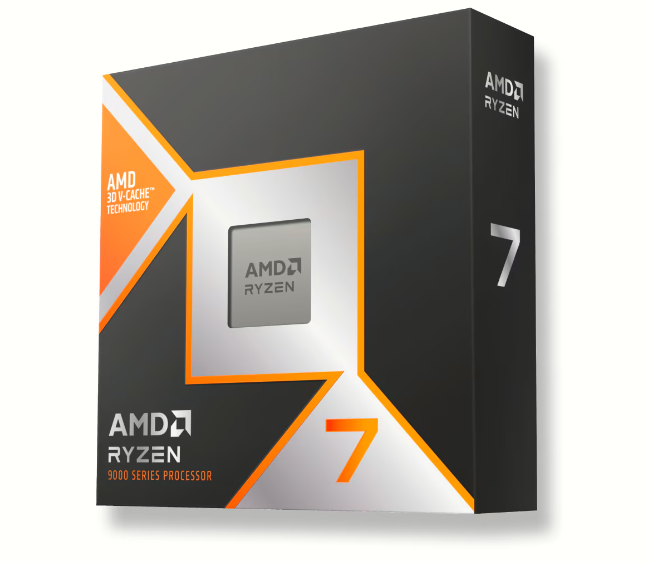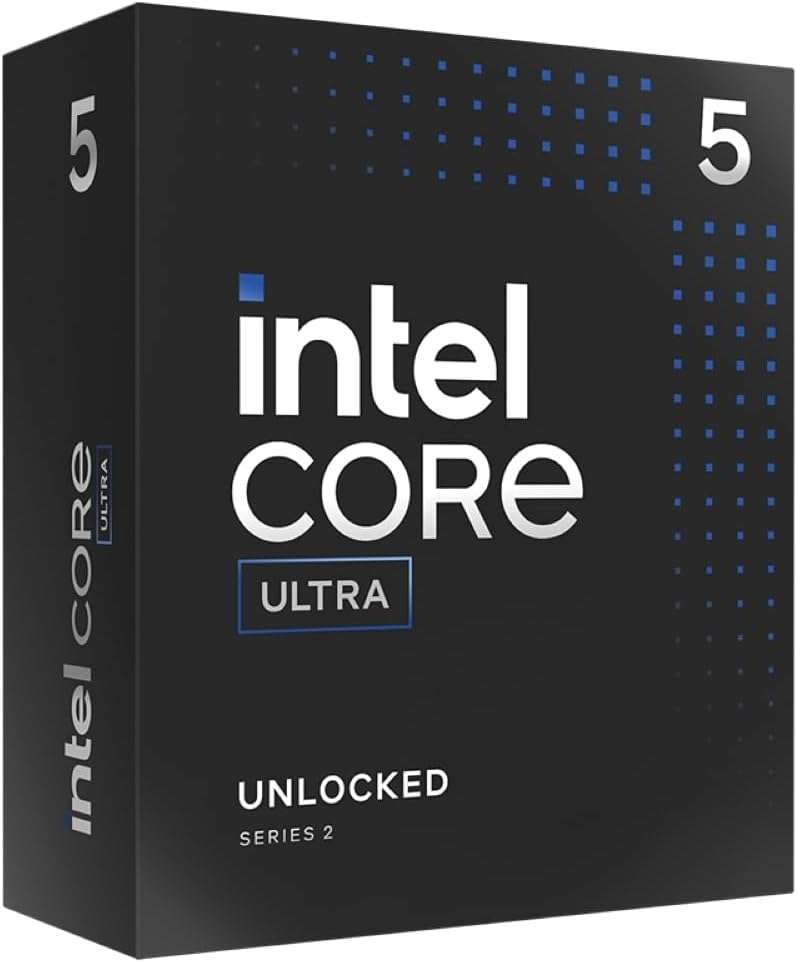When it comes to choosing RAM for your build, the debate between DDR4 3200 and DDR4 3600 is a hot topic among gamers, content creators, and tech enthusiasts. While both options belong to the same DDR4 family, they have distinct characteristics that can impact your system’s performance. Let’s dive into the nitty-gritty and figure out which one suits your needs best!
Quick Comparison Table
| Feature | DDR4 3200 | DDR4 3600 |
| Speed | 3200 MT/s | 3600 MT/s |
| Latency | Typically lower | Typically higher |
| Price | More affordable | Generally pricier |
| Best For | Casual use, basic gaming | Gaming, content creation |
Speed and Performance
The primary difference between DDR4 3200 and DDR4 3600 lies in their speed. DDR4 3200 has a data transfer rate of 3200 MT/s (million transfers per second), whereas DDR4 3600 operates at a brisk 3600 MT/s. This higher speed in DDR4 3600 means that it can transfer data more quickly, leading to improved overall system performance, particularly in memory-intensive tasks such as gaming, video editing, and 3D rendering.
Performance Metrics A recent study indicates that upgrading from DDR4 3200 to 3600 can yield a performance boost of approximately 5-10% in gaming scenarios, particularly in titles that are heavily reliant on CPU and RAM speed . In applications that utilize large datasets, such as software development or data analysis, the difference can be even more pronounced, resulting in faster load times and smoother multitasking.
Latency
While speed is essential, it’s not the only factor to consider. Latency, measured in CAS (Column Access Strobe) timings, also plays a crucial role in RAM performance. Typically, DDR4 3200 modules may have lower latency than their 3600 counterparts. For instance, a DDR4 3200 module might have a CAS latency of 16, while a DDR4 3600 module could have a CAS latency of 18.
This means that while the 3600 module is faster, the higher latency can somewhat offset the speed advantage. Ultimately, you’ll want to find a balance. Lower latency can improve performance in specific applications, while higher speed is more beneficial in others. It’s advisable to look for RAM that offers a good combination of speed and latency to suit your usage needs .
Compatibility and Cost
Compatibility is another factor to consider. Most modern motherboards support both DDR4 3200 and DDR4 3600. However, ensure that your motherboard can handle the higher speeds if you opt for the latter. Typically, motherboards designed for gaming or high-performance applications will support higher frequency RAM without any issues.
When it comes to pricing, DDR4 3600 RAM tends to be more expensive than DDR4 3200. However, as technology evolves, the price gap has narrowed, making it more accessible for gamers and builders alike. If your budget allows, investing in DDR4 3600 might be a smarter long-term choice, especially as applications continue to demand more from hardware .
Use Cases
- Gaming: If you’re a gamer, especially in competitive settings, opting for DDR4 3600 can provide that extra edge, particularly in FPS games where every millisecond counts.
- Content Creation: For video editing or 3D modeling, faster RAM can enhance the performance of your software, making tasks like rendering and exporting much smoother.
- General Use: If you’re a casual user primarily browsing the web or using office applications, DDR4 3200 should suffice, saving you some money without sacrificing performance.
Conclusion
In the showdown of DDR4 3200 vs. DDR4 3600, the right choice depends largely on your specific needs and budget. DDR4 3600 offers superior speed and is generally recommended for gamers and professionals who demand high performance. However, if you’re looking to save some cash and your tasks aren’t particularly RAM-intensive, DDR4 3200 is still a solid option.
Also Read:
10 Best CPU and GPU Combo for Coding




